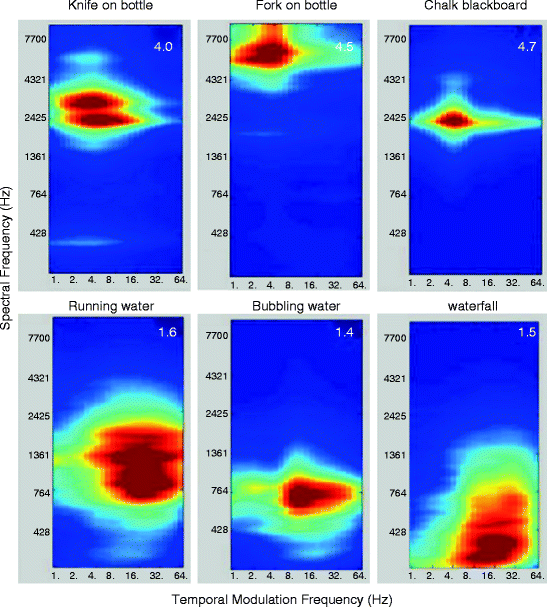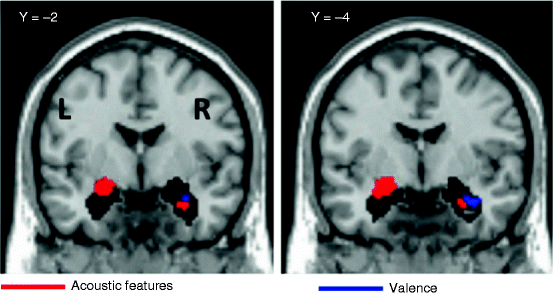(51.1)
where z is an n-dimensional state vector (with one state variable per region), t is continuous time and u j is the jth experimental input. The neural model consists of three sets of parameters: (1) A (n × n) represents the influence one region has over other in the absence of external stimulation, (2) B (j) (n × n) models the modulatory effects that an external stimulus has on connection strengths, and (3) C (n × 1) represents direct influence of a stimulus on a given region. The conventional GLM analysis assumes that a stimulus has only a direct influence on a region. DCM in that sense can be regarded as a generic technique, with GLM being a particular instantiation of DCM in which the coupling parameters (the parameter sets A and B in the above equation) are taken to be zero.
Integration of the above differential equation gives neural activity. However, in fMRI the neural activity is measured indirectly by measuring associated changes in the oxygenation of blood flow (blood oxygenation level-dependent (BOLD) signal). In order for the forward model to predict the measured BOLD signal, the neural activity obtained from (1) needs to be converted to BOLD signal. This is achieved by the second part of the forward model, which convolves the neural activity with a haemodynamic model of the neurovascular coupling.
The parameters of both parts of the forward model are estimated using variational Bayes (Friston et al. 2003) to give the posterior density over parameters and the model evidence. The model evidence can be further used to select the best model from a set of models.
2.4 Volumes of Interest (VOIs) for DCM Analysis
The DCM analysis was carried out on four volumes of interest (VOIs): right amygdala (38, −6, 24), left amygdala (−22, −2, 12), right auditory cortex (48, −14, −12) and left auditory cortex (−50, 6, −6). These four areas showed correlation with either acoustic features or valence of unpleasant sounds at group level in the GLM analysis. The VOIs for each subject were chosen based on subject-specific maxima that were (1) closest to and (2) fall within the same anatomical region as the group-level maxima. The activity of all voxels within a VOI was summarized to a single time series by computing principal component analysis (PCA) of time series from all voxels lying within 4 mm of subject-specific maxima. Bayesian model comparison at the group level (random effects) was performed using methods suggested by (Stephan et al. 2009) implemented in SPM8.
3 Results
3.1 Relation Between Acoustic Features and Perceived Unpleasantness
Figure 51.1 shows representation of 6 of the 74 sounds in spectral frequency (F, y-axis) and temporal modulation frequency (f, x-axis) space. The mean unpleasantness rating for these sounds is also shown (in the top-right corner of each plot). The figure shows that sounds with high unpleasantness have high spectral frequencies and low temporal modulation frequencies. In the imaging analyses below, we sought to determine how the brain activity varies as function of both the acoustic features (F and f) and the perceived unpleasantness.


Fig. 51.1
Representation of sounds with high (first row) and low (bottom row) unpleasantness rating in spectral frequency-temporal modulation frequency space. The mean rating for each sound is shown in the top-right corner of each figure. Rating scale (1–5; 1 (neutral), 5 (high unpleasantness))
3.2 General Linear Model (GLM) Analysis
Figure 51.2 (red colour) shows activity in the amygdala which correlates with interaction between spectral frequency, F, and temporal modulation frequency, f. The effect is observed bilaterally [−22 −2 −12; t(12) = 4.98; 24 −8 −18; t(12) = 4.13; p < 0.001 (uncorrected)]. Analysis of the distribution of activity in different nuclei of the amygdala (Eickhoff et al. 2005) showed that activity in the left amygdala is shared between the superficial (57 %) and basolateral (29 %) nuclei of the amygdala. The cluster in the right amygdala is mostly in the basolateral (79 %) amygdala, but a part (21 %) also lies in the superficial nucleus.


Fig. 51.2
Activity in the amygdala that correlates with acoustic features (interaction between spectral frequency and temporal modulation frequency) and rating of unpleasantness. Activity is thresholded at p < 0.005 (uncorrected) for display purpose
Figure 51.2 (blue colour) shows activity in the right amygdala [38, −6, −24; t(12) = 3.96; p < 0.001 (uncorrected)] that correlates positively with the rating of unpleasantness. This cluster of activity is located mostly (88 %) in the basolateral nucleus of the amygdala. No activity was observed in the left amygdala even at liberal thresholds (p = 0.01 uncorrected).
In the auditory cortex, decrease in the temporal modulation frequency elicited responses bilaterally in the anterior part of STG/upper bank of STS. Activity in the right STG [48, −14, −12; t(12) = 5.17; p < 0.001] and left STG [−50, 6, −6; t(12) = 7.02; p < 0.001] correlated with the interaction between spectral frequency and temporal modulation and valence, respectively.
Stay updated, free articles. Join our Telegram channel

Full access? Get Clinical Tree


